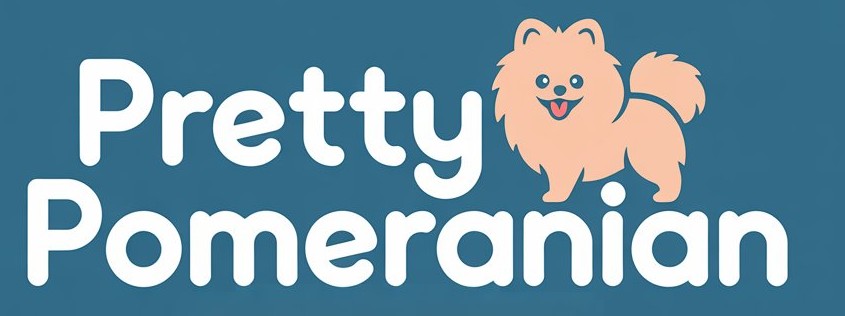Appearance & Standards
What "Breed Standard" Actually Means
Not all Pomeranians look the same. Some are show-quality, some are pet-quality, and some are just flat-out incorrectly bred. Here's what matters, what doesn't, and why your "imperfect" Pom is still perfect.
Understanding Pomeranian Looks
From official breed standards to sketchy marketing terms to colors that come with health problems—everything about how Pomeranians are supposed to look and what that means for you.
Pomeranian Breed Standards
The official rules that dog shows use to judge Pomeranians. Size, coat, structure, face shape—what makes a "correct" Pom according to kennel clubs. And why most pet owners don't need to care.
Learn the Standards →Rarest Pomeranian Colors and Health Risks
That "rare" lavender or blue Pom looks cool but might have serious health problems. Some colors are linked to genetic issues. Here's what you need to know before paying extra for unusual colors.
Understand Color Risks →The Truth About Toy Pomeranians
"Teacup," "micro," "toy"—these aren't real categories. They're marketing terms for undersized dogs that often have health problems. Here's why smaller isn't always better.
Get the Real Story →